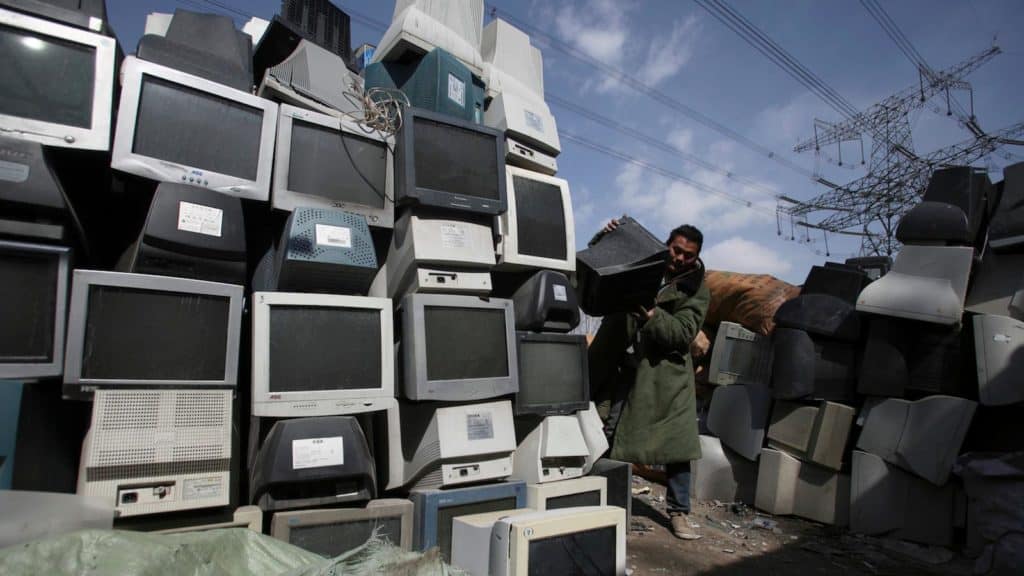
Our connected devices are hiding a big secret. They use energy—a lot of it. Every time you use your phone, your computer, or your smart TV to access the internet, you’re sending data requests to warehouse-sized buildings around the world, full of hundreds of thousands of servers. These data centers are among the most energy-intensive systems on the planet, representing approximately 10% of global electricity generation (though more conservative estimates put it at 3%).
Yet we’re still blindly making classic computers—and they’re getting bigger and even more energy dense. China is home to the most energy-intensive supercomputer in the world, the Tianhe-2 in Guangzhou. This machine uses about 18 megawatts of power, and is expected to be succeeded by the exascale Tianhe-3, which will only further increase this extraordinary level of energy consumption. For reference, the average hydroelectric dam in the US produces approximately 36 megawatts of power.
Our connected devices are hiding a big secret. They use energy—a lot of it. Every time you use your phone, your computer, or your smart TV to access the internet, you’re sending data requests to warehouse-sized buildings around the world, full of hundreds of thousands of servers. These data centers are among the most energy-intensive systems on the planet, representing approximately 10% of global electricity generation (though more conservative estimates put it at 3%).
Yet we’re still blindly making classic computers—and they’re getting bigger and even more energy dense. China is home to the most energy-intensive supercomputer in the world, the Tianhe-2 in Guangzhou. This machine uses about 18 megawatts of power, and is expected to be succeeded by the exascale Tianhe-3, which will only further increase this extraordinary level of energy consumption. For reference, the average hydroelectric dam in the US produces approximately 36 megawatts of power.
Our connected devices are hiding a big secret. They use energy—a lot of it. Every time you use your phone, your computer, or your smart TV to access the internet, you’re sending data requests to warehouse-sized buildings around the world, full of hundreds of thousands of servers. These data centers are among the most energy-intensive systems on the planet, representing approximately 10% of global electricity generation (though more conservative estimates put it at 3%).
Yet we’re still blindly making classic computers—and they’re getting bigger and even more energy dense. China is home to the most energy-intensive supercomputer in the world, the Tianhe-2 in Guangzhou. This machine uses about 18 megawatts of power, and is expected to be succeeded by the exascale Tianhe-3, which will only further increase this extraordinary level of energy consumption. For reference, the average hydroelectric dam in the US produces approximately 36 megawatts of power.
Quantum computers hold the promise to solve today’s toughest business problems and impact the bottom line for companies in virtually every industry. They’re also a key tool we can use to combat the looming threat of ever-growing energy use of classical computing. Businesses are already starting to feel the pressure to get their heads in the quantum-computing game, but the impetus goes beyond innovation and technological competition for a single company. It extends to a collective goal: ensuring our world’s computing power doesn’t outstrip our planet’s ability to support it.
